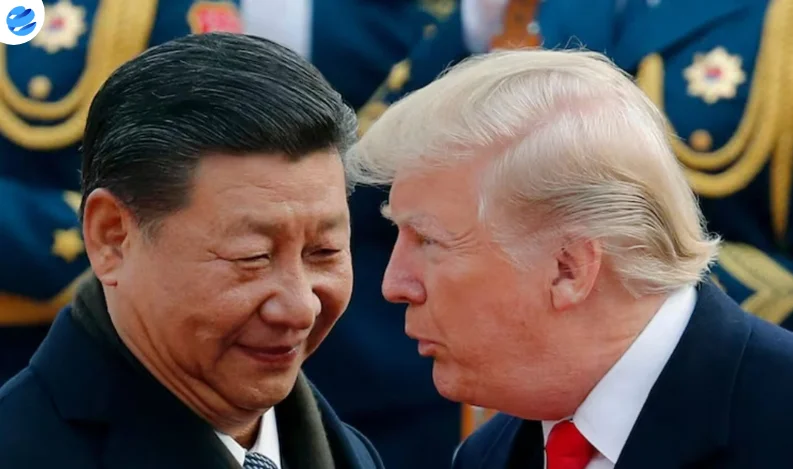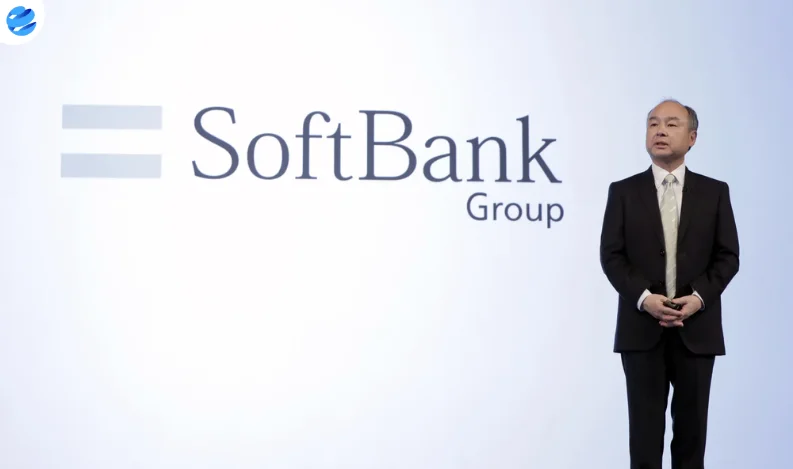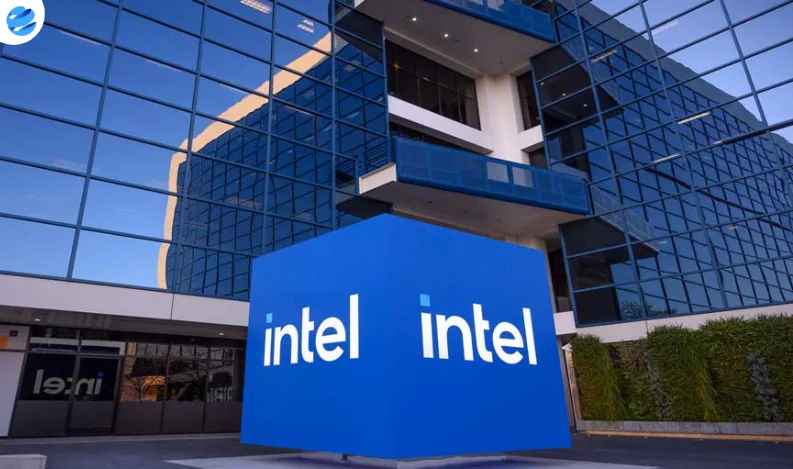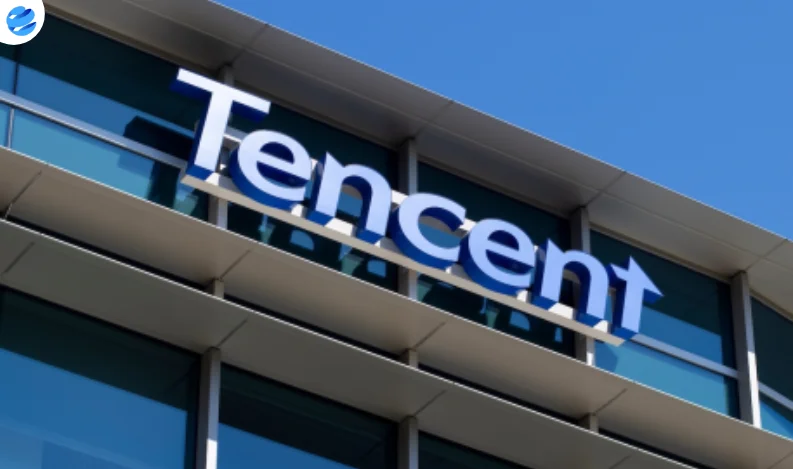The People’s Bank of China (PBOC) kept its benchmark lending rates unchanged on Friday, signaling cautious optimism as trade tensions with the United States ease and recent monetary measures continue to ripple through the economy.
The central bank maintained the 1-year loan prime rate (LPR) at 3.0% and the 5-year LPR at 3.5%, in line with economists’ expectations polled by Reuters. This follows a 10-basis-point rate cut in May, which marked China’s first easing since October 2024.
Rates Hold Steady After Recent Easing
The decision to hold rates steady comes amid improving growth expectations, following the Geneva agreement between U.S. and Chinese trade officials that helped de-escalate tariff tensions and restored critical trade in rare earths and technology.
The 1-year LPR largely affects corporate and consumer loans, while the 5-year LPR is a key benchmark for mortgage rates. The rates are calculated from submissions by commercial banks, with guidance from the central bank.
"With the renminbi experiencing reduced foreign exchange pressure, the PBOC enjoys more flexibility in its policy decisions," said Bruce Pang, adjunct associate professor at CUHK Business School.
Yuan Strengthens, Outlook Stabilizes
The offshore yuan has rebounded significantly this year, recently trading at 7.1805 per U.S. dollar, after hitting a low of 7.4287 in April amid aggressive U.S. tariffs. The currency's stability has contributed to greater monetary maneuvering room for Chinese policymakers.
Financial analysts say the U.S.-China trade truce has created breathing room for Beijing’s economic planning. Barclays noted that the revised trade terms reduced short-term risks to growth, encouraging a hold on aggressive stimulus moves for now.
Nomura, citing improved economic signals, trimmed its forecast for another rate cut in Q4 2025 to 10 basis points, down from 15. However, it maintained its expectation for a 50-basis-point reduction in the reserve requirement ratio (RRR).
Monetary Policy: Caution and Balance
China’s policymakers appear increasingly satisfied with the current trajectory of monetary policy, preferring a balanced approach that limits overreliance on rate cuts.
"Authorities are placing more emphasis on targeted support rather than sweeping fiscal stimulus," Pang added, suggesting that interest rate tools will play a supporting, not leading role, in the months ahead.
Chinese officials are also promoting long-term monetary reforms. At a financial forum this week in Shanghai, Zhu Hexin, head of the State Administration of Foreign Exchange (SAFE), asserted that China’s resilience to foreign exchange volatility has improved.
PBOC Governor Pan Gongsheng emphasized Beijing’s ambition to expand the global use of the digital yuan and called for a multi-polar global currency system, signaling China's continued push for influence in the evolving global financial order.























